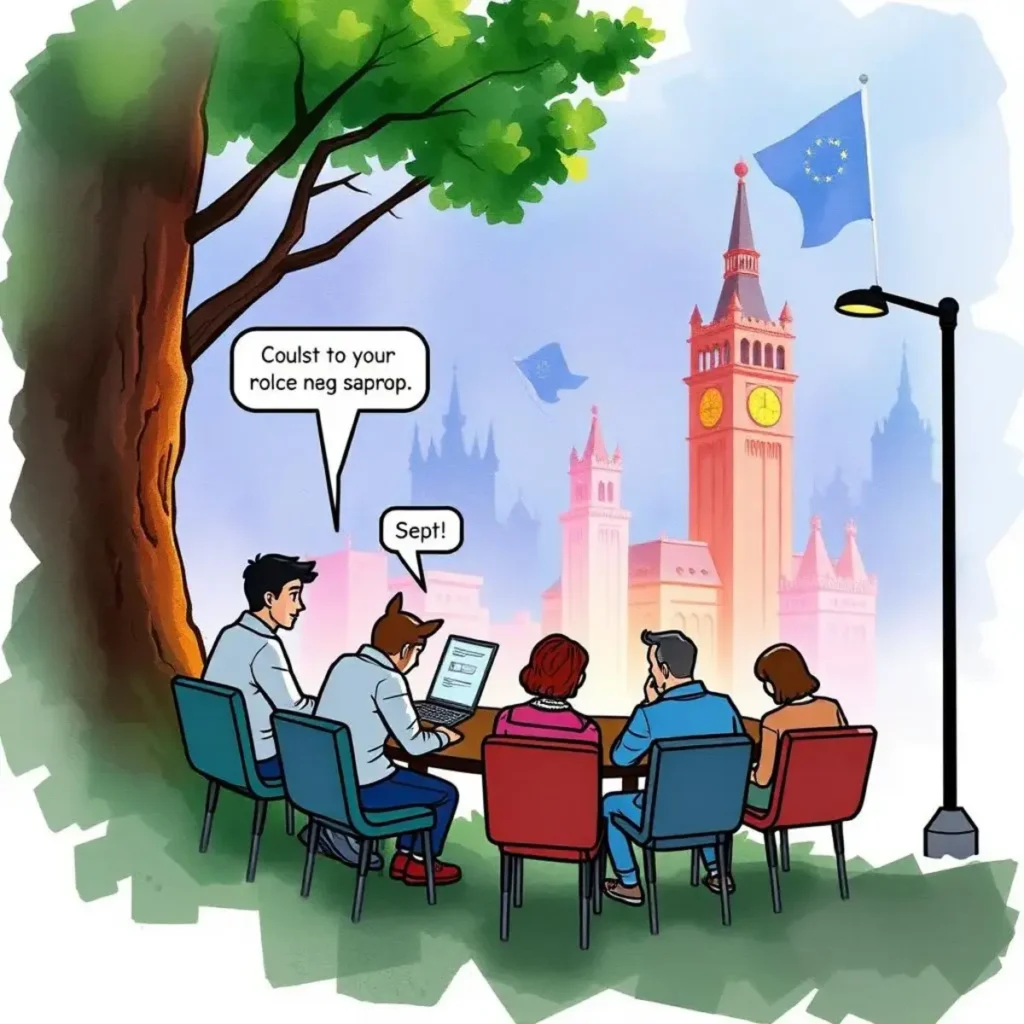Stakeholder mapper: Visualize relationships and roles in incidents
Easily input stakeholder details with stakeholder mapper to identify roles, influence levels, and ensure effective communication for policy development.

Comprehensive stakeholder mapping made easy
Streamline your policy development process

Intuitive stakeholder input fields
Effortlessly enter detailed information about each stakeholder by utilizing dedicated input fields for names, roles, departments, and more. This structured approach ensures that you capture all critical elements needed for effective stakeholder management in your policy development process.

Multi-factor stakeholder insight
Gain a comprehensive understanding of each stakeholder's influence and interest levels with inputs for their influence (High, Medium, Low) and concerns. This multi-faceted view supports informed decision-making during incident response strategy planning and enhances your ability to address specific needs.
Centralized communication tracking
Keep track of vital communications by entering dates and notes regarding interactions with stakeholders. This feature promotes accountability and ensures that no important conversations are overlooked, guaranteeing that your policy development is informed by the latest insights.

Enhanced collaboration support
Foster stronger collaboration among team members by having access to organized information about each stakeholder’s role and input in the policy development process. This streamlined data sharing improves teamwork in Information Security efforts, enabling more cohesive strategies during incidents.

Tailored data collection for quality outputs
The diverse range of input fields leads to high-quality outputs tailored to every unique situation. By ensuring that users consider various aspects of stakeholder involvement, you minimize the risk of overlooking critical information that could affect incident response initiatives.
Additional information
Best for: Incident Response Policy Analyst, Information Security Analyst, Stakeholder Engagement Specialist, Cybersecurity Policy Developer, Risk Management Consultant